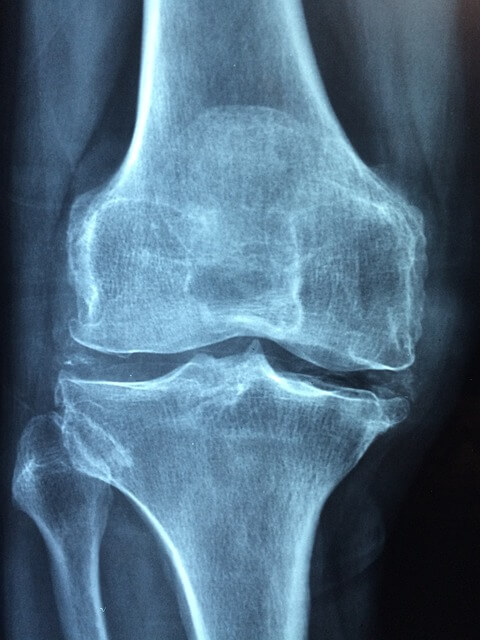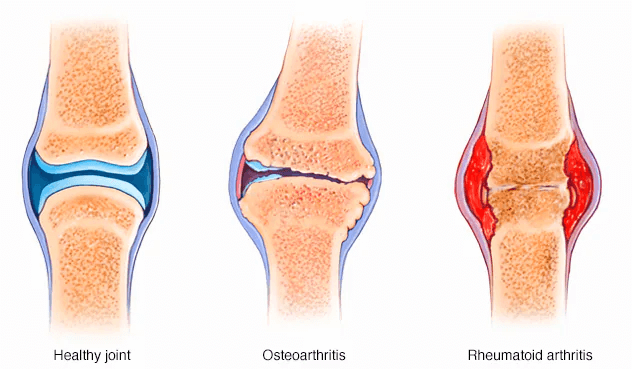
Arthritis, a condition characterized by joint inflammation, affects millions worldwide, leading to pain, stiffness, reduced mobility, and sometimes significant disability. While there's no single cure for most forms of arthritis, physiotherapy is a highly effective non-pharmacological treatment that can significantly manage symptoms, preserve joint function, and improve overall quality of life.
How Physiotherapy Helps Arthritis Sufferers
Many people with arthritis fear movement, believing it will worsen their condition. However, appropriate movement and exercise, guided by a physiotherapist, are crucial. Physiotherapy offers a range of benefits:
- Pain Reduction: Through manual therapy, modalities (like heat/cold, ultrasound), and therapeutic exercises, physiotherapy can alleviate joint pain and muscle stiffness.
- Improved Joint Mobility: Gentle range-of-motion exercises help maintain and increase flexibility in affected joints, preventing them from becoming rigid.
- Strengthening Muscles: Strengthening the muscles around affected joints provides better support and stability, reducing the load on damaged cartilage and bones.
- Enhanced Balance and Coordination: Addressing instability and improving balance can prevent falls, which are a common concern for those with arthritis.
- Education and Self-Management: Learning about your condition, joint protection techniques, and how to manage pain flares empowers you to take an active role in your care.
- Functional Improvement: Helping you perform daily activities more easily, whether it's walking, dressing, or household tasks.

Common Physiotherapy Techniques for Arthritis
A personalized physiotherapy program for arthritis may include:
- Low-Impact Aerobics: Activities like swimming, cycling, or brisk walking to improve cardiovascular health without stressing joints.
- Strengthening Exercises: Using resistance bands, light weights, or bodyweight to build muscle strength.
- Flexibility and Range-of-Motion Exercises: Gentle stretches to maintain joint health and prevent stiffness.
- Balance Exercises: To improve stability and reduce fall risk, especially for lower limb arthritis.
- Manual Therapy: Hands-on techniques to mobilize joints and release muscle tension.
- Heat and Cold Therapy: To reduce pain and inflammation.
- Assistive Devices: Advice on using aids like braces, splints, or walking sticks to support joints and improve mobility.
Living with arthritis doesn't mean giving up on an active and fulfilling life. Physiotherapy provides the tools and guidance to manage your symptoms effectively, enhance your physical capabilities, and maintain your independence. If you or a loved one is living with arthritis, consult with Arogya Physiotherapy to explore how we can help you move with less pain and more confidence.